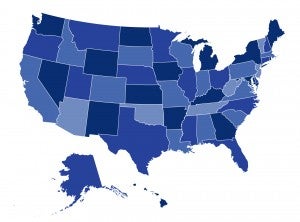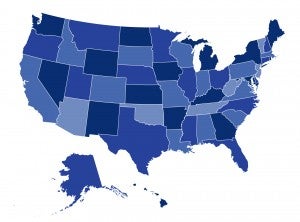Shopping Tips for 2018 Open Enrollment

What’s a marketplace consumer to think in this crazy-mixed up year for the Affordable Care Act? Federal policy uncertainty has led to some downright weird and counterintuitive premiums for marketplace plans. And smart shoppers can find some incredible deals. CHIR’s Sandy Ahn shares her shopping tips for this year’s open enrollment season.



